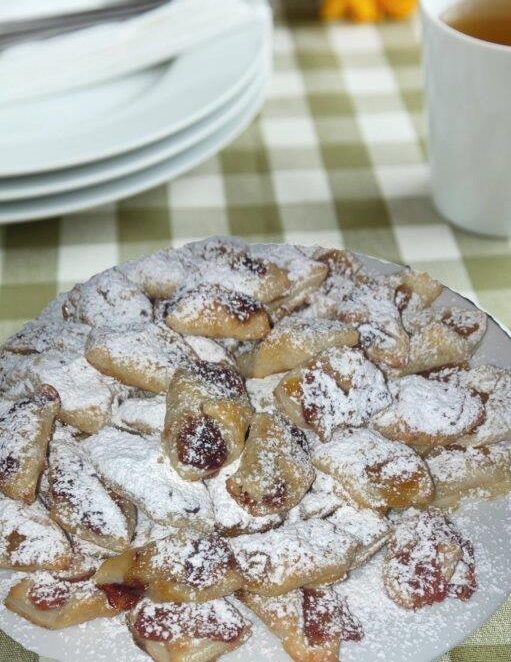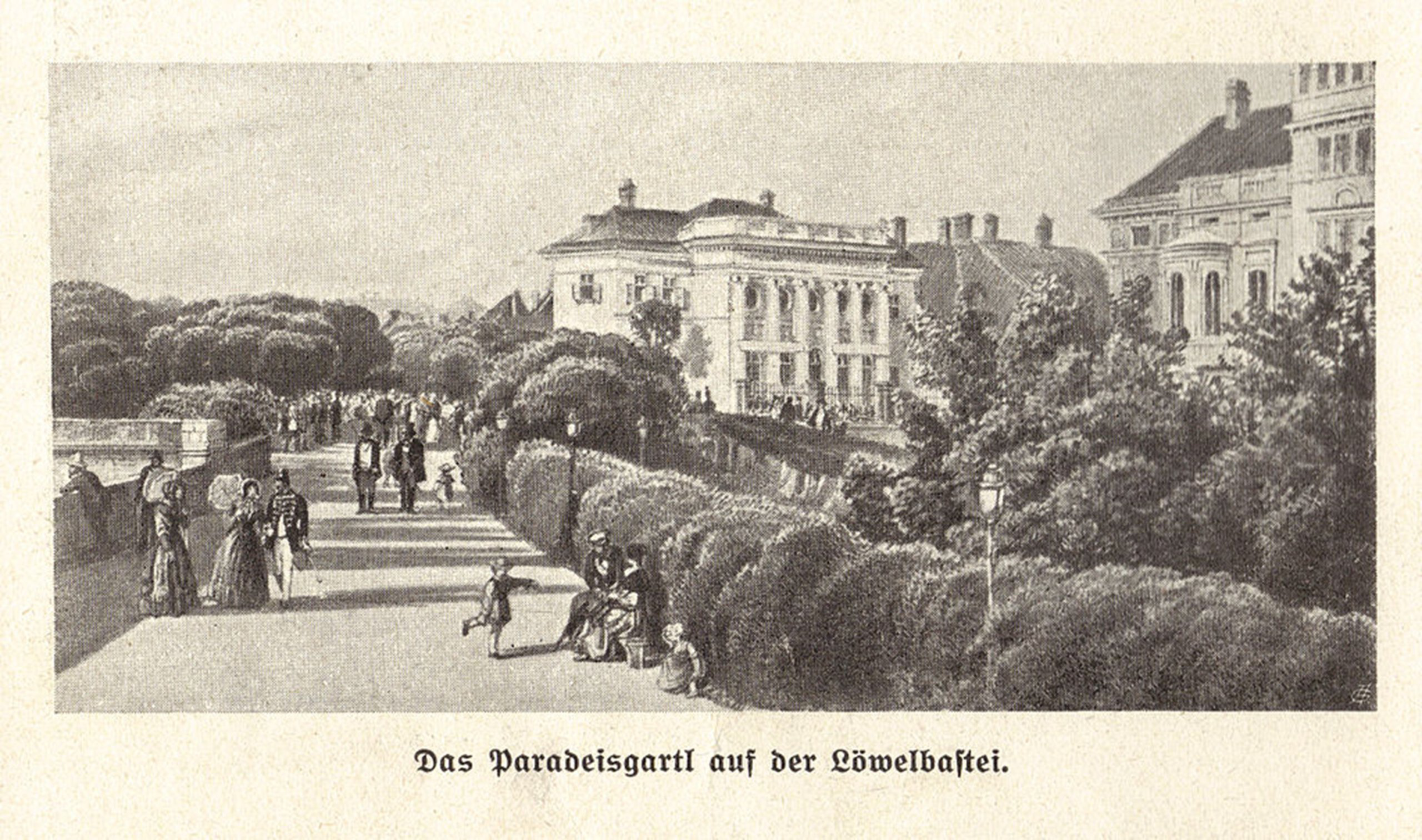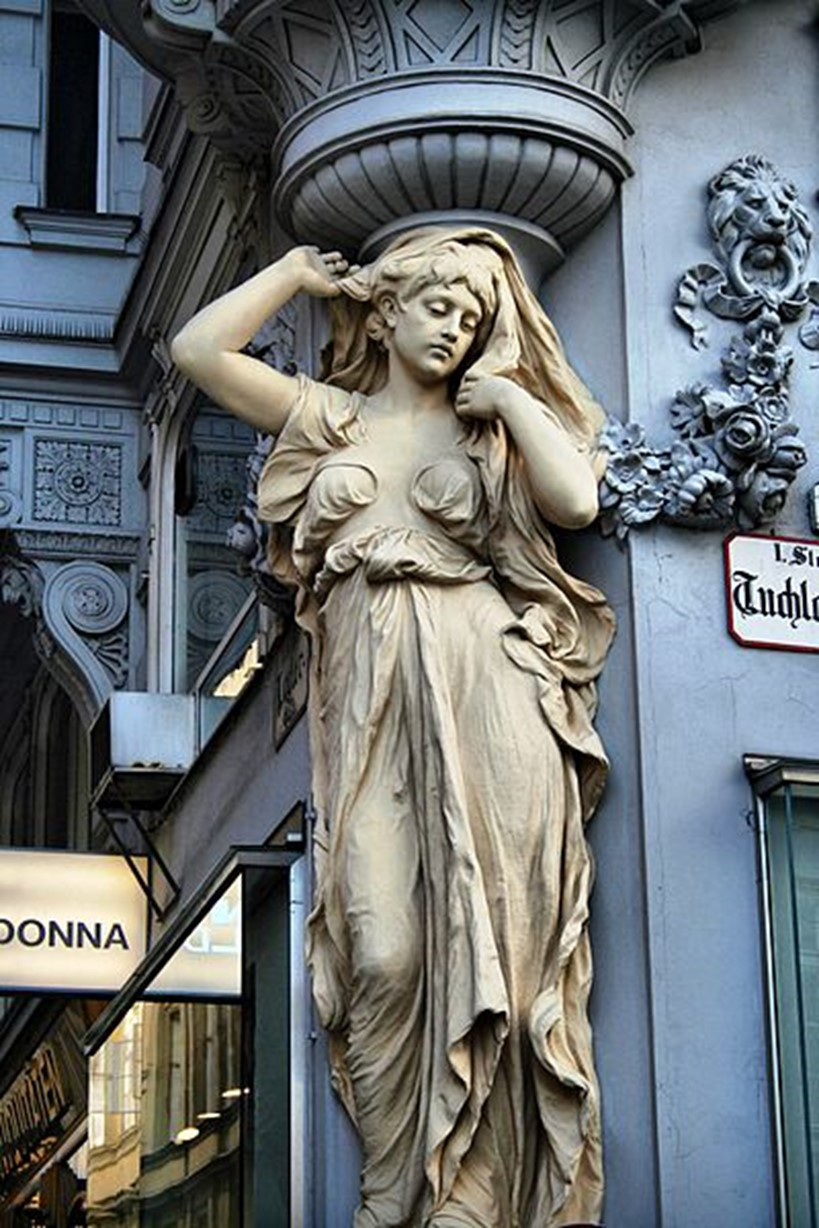The “Wiener Polsterzipf” is a traditional pastry. It not only impresses with its characteristic triangular shape, but also with its crispy dough and delicious filling. This pastry has enjoyed great popularity for centuries. As a simple but sophisticated dessert or as a culinary surprise for the nobility.
The peculiar triangular shape of the pastry called “Wiener Polsterzipf” has always fascinated those who have seen it. Shortcrust or puff pastry forms the basis for making this delicacy. In its raw state, small or larger “rectangles ” are either cut out with a knife or stamped out with a baking tin and folded into triangles. These are baked in hot lard and then filled with a type of jam according to personal preference.
Who wants the “Wiener Polsterzipf” want to enjoy it “pure”, so to speak, without any filling. This crispy dessert is a treat for the palate even without jam. In the kitchens of the nobility, the masters with spoon and pot were always required to spoil the noble ladies and gentlemen with special culinary surprises. A famous chef, Balthasar Staindl, who presented his new dishes in German and Austrian cities around the middle of the 16th century, also called the treat, which was usually served as a dessert, “hare’s ears“.
The historical recipe
Around the middle of the 20th century and for years afterwards, the dough for the dish was still made by the bakers themselves. 15 decagrams of wheat flour, 3 egg yolks, 3 decagrams of fine sugar, 1 tablespoon each of rum and white wine, and 4 decagrams of sour cream are worked into a dough. The dough is then kneaded thoroughly. Only then are the previously described steps carried out before the small triangles are fried in a pan until golden brown. Finally, they are sprinkled with powdered sugar and served. As I said, with or without filling, as you like. Although it should be noted that apricot jam is also very suitable as a filling for “Polsterzipfe”.
Time Travel Tip: Baking together could also be a fun way to meet friends. Leaf through grandma’s cookbook with them and bake the relatively simple dessert and then enjoy it to the full.
Fancy more historic dessert recipes? Then try apples in a robe: click here for the recipe!
Sources:
https://de.wikipedia-org/wiki/Polsterzipf, 29.2.2024
Pearls of Viennese cuisine by Franz Ruhm, Deutsche Buchgemeinschaft, Vienna, 1950, pages: 151, 152



